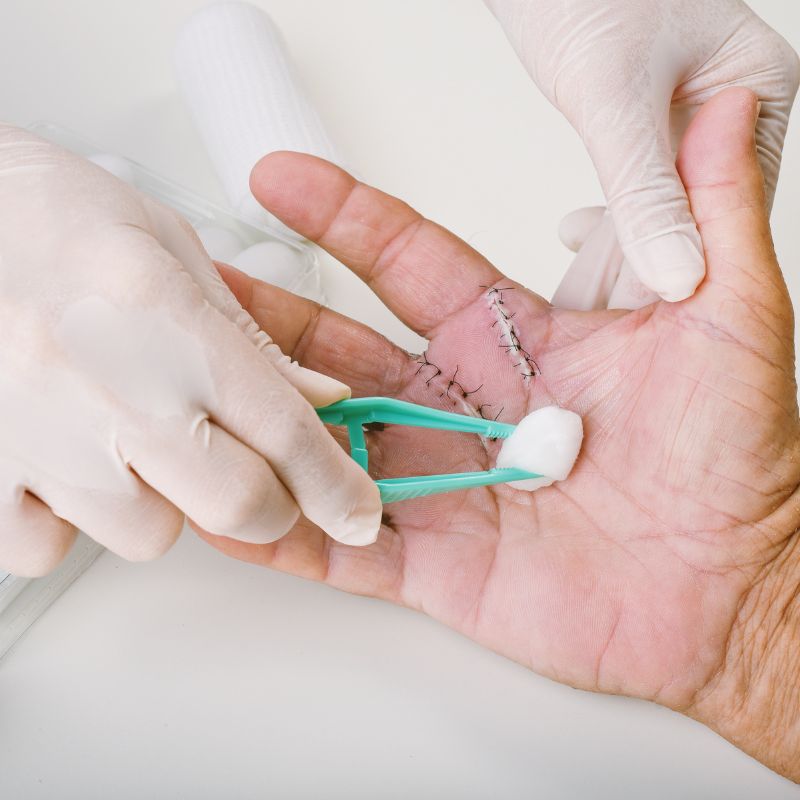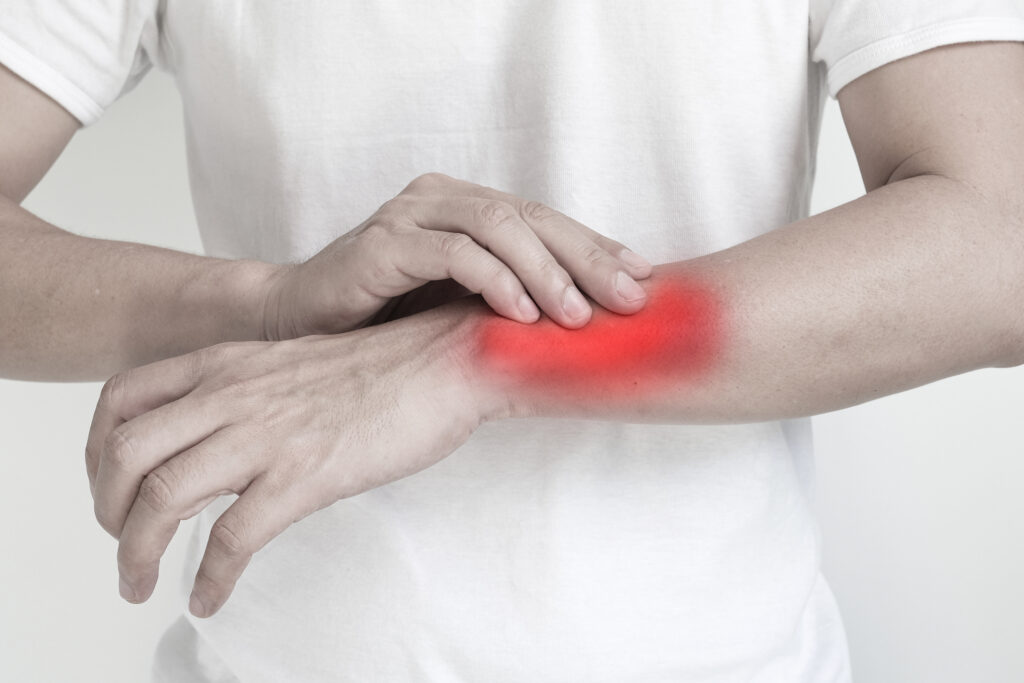De Quervain’s Tenosynovitis Treatment in the UK
Also known as: De Quervain’s syndrome, De Quervain’s synovitis, De Quervain’s tenosynovitis surgery
De Quervain’s Tenosynovitis is a painful condition affecting the tendons on the thumb side of your wrist. When these tendons become inflamed, they struggle to move smoothly through a narrow tunnel, causing pain, swelling, and difficulty moving your thumb and wrist. This condition can develop gradually or suddenly, often linked to repetitive hand movements or overuse.
- Tailored treatment plan
- Specialist face and neck surgeon
- Done under local anaesthetic

















